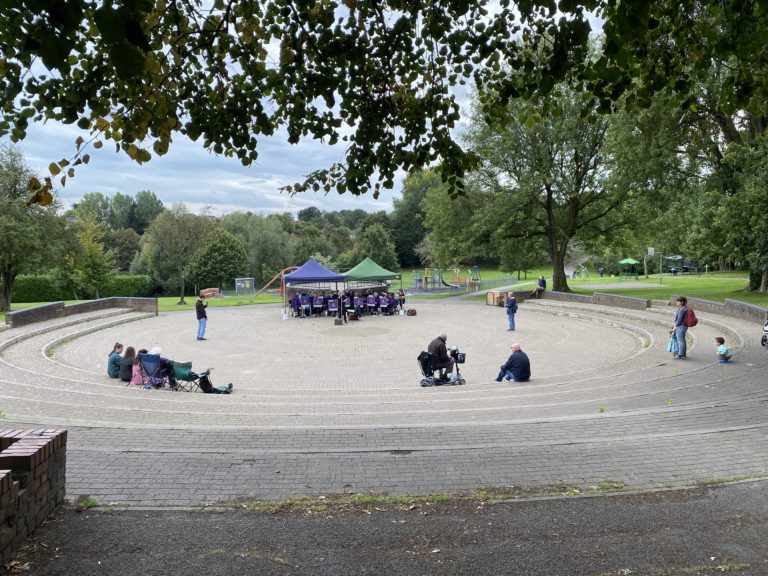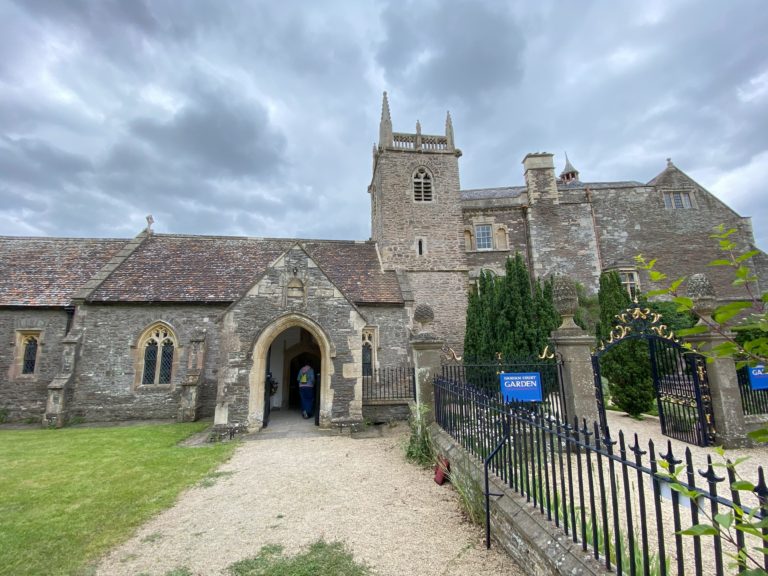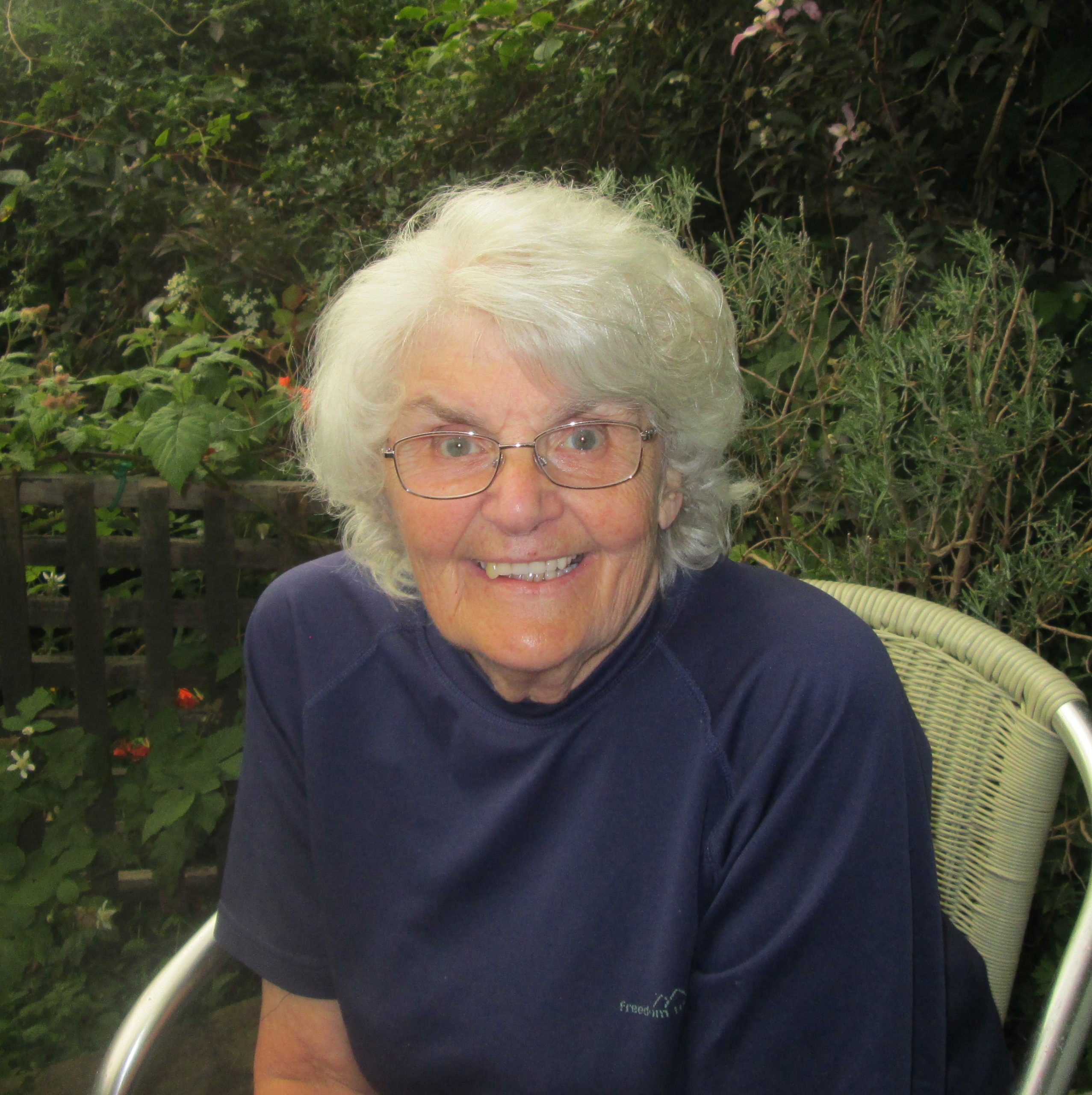
My great great grandfather Henry FRAY was so afraid of being incarcerated in Keynsham Workhouse that he fatally cut his throat with a razor in 1900. “The Workhouse” cast a terrible shadow over the lives of the poor, and was purposely designed as a last resort so appalling that people would go to any lengths to avoid going there, though I doubt whether Malthus and his like considered that suicide was an option that some would consider let alone carry out.
According to a recent TV programme, one in ten of us has connections with “The Workhouse” which I consider a conservative estimate. These connections may include anyone with ancestral inmates, whether a super-star like Charlie Chaplin or like the late Labour Prime Minister, Harold Wilson, who boasted a Workhouse Master as a forebear.
As some members may know, I have never been content with simply “tracing my ancestors” and have tried to put flesh on their bones, thus neighbours, workmates and friends of my kin are all grist to the mill, and appear in any number of the Indexes, Annals and Bulletins I have collected over a near half-century of fanaticism. Thus an interest in the Fray family and all their connections led to a general study of Keynsham Workhouse. Even with this work in its early stages, a new diversion, it does not need a statistician to work out the vulnerable classes: the elderly poor, the single mothers with children, whether widowed or unmarried, the orphaned or abandoned children. Those left over are probably infirm, crippled, injured or simple minded. The casual but able-bodied tramps who regularly appear are set to cracking rocks, about 2 hundred weight a go, in exchange for a bed of straw. Whilst there is a good deal of to-ing and fro-ing among the more settled inmates, some families perpetuated their acquaintance with the Workhouse down through several generations.
This small part of the Workhouse story concerns the court appearance of a young lady, spelt phonetically, no doubt as she herself spoke, (the notorious Bristol “L” in full evidence), as “Marshall” WELLINGTON. The case, reported on 27.9.1862, caused a great stir in the neighbourhood of Keynsham. So many people crowded into the court room, the Bench ordered everybody out except those directly involved, “including our representative” said the Bristol Mercury, miffed. The proceedings continued in camera. Not to be outdone, the reporter sniffed around and got his story anyway. You will not be surprised that the issue was sex.
James Harrill CANTLE, 39, a married farmer and beerhouse keeper, was summoned to show why he should not contribute to the maintenance of the illegitimate child of Marshall Wellington, of which he was the alleged father. It appeared that Cantle had known Wellington for ten years, when she lived at Cottage Farm in Keynsham. In his role as a special constable of Keynsham, he took her to Shepton Mallett gaol, six years before (1855) as a prisoner, charged with an assault on an inmate at Keynsham Workhouse. “He then kept her out all night and slept with her.” She stayed away from the district for many years until she returned in 1861 “and the intimacy was renewed.”
Marshall was severely cross-examined and admitted that she had had two illegitimate children before, and this in the opinion of the defence “rendered her first statement very doubtful”. Cantle totally denied any wrongdoing and said her story was made up for purposes of extortion. He offered to produce character witnesses which the magistrates declined. The summons was dismissed “apparently to the great satisfaction of the villagers.” James continued to live in Keynsham until his death aged 84 in 1904. He was married twice, but does not appear to have had children, which may or may not confirm the opinion of the Bench.
As in life, coincidences often turn up in Family History. James Harrill Cantle had an unexpected link with my Fray family for he was executor to the will of John Fray, a cousin of my ancestor Henry, an affair summed up in Bristol Mercury’s lurid headline of 22.4.1865, “Shocking Case of Attempted Murder and Suicide at Keynsham”, which is another story.
So let us go back to “Marshall’s” early life. She was a Workhouse child.
On 13 May 1840, she was baptised at the same time as her sister Harriett at Keynsham Workhouse along with a large job-lot of pauper christenings. Her name is given as “Martha” but I have not seen the original and I think this may be a mis-transcription. The girls were the daughters of Elizabeth WILLINGTON (sic), a single woman.
In 1841, the little family is still in the Workhouse. Elizabeth is 30, that is born circa 1811 and the two girls are aged 10 and five years respectively. The younger girl is shown as “Marsha”.
There was a cholera outbreak at the Workhouse in 1849, with victims in double figures, though not named in newspaper reports. It is possible Elizabeth and Harriet succumbed, though I have found no appropriate burials. Neither they nor “Marshall” appear listed at the Workhouse in 1851, though it is clear that by 1857, the latter had again taken up residence for the Bath Chronicle of 8 October that year says that along with Harriet LUCAS and Mary Ann WILLIAMS she was sentenced to 21 days imprisonment with hard labour for “misbehaviour” at the Workhouse.
In 1858, she gave birth to a daughter, Julia who was baptised at the Union Workhouse on 25 July. The baby died in 1859 aged “0”. A son, Albert was baptised at the Workhouse on 25 March 1860. The child to which the paternity case referred was Jemima, registered Keynsham 1862, though not baptised until 8.7.1867, “daughter of Marcia, base-born”, as part of another Workhouse job-lot.
In 1861, her name is at last correctly spelled, and she is still resident in the Workhouse: Marcia Wellington, pauper, aged 25, servant, born Keynsham, single woman, with her son Albert, aged one.
In 1865, she turns up before “the beak” again, shown as “Marshall”, charged with leaving “her two illegitimate children at Keynsham Workhouse” but as Mr (Humphrey) ENGLAND, the Master, was unable to prove she was in work and able to maintain herself and her children, she was discharged with a caution. (Bath Chronicle 3.8.1865) In 1871, “Martha” Wellington, aged 35, born Keynsham, is working at a pub, at 2 Gloucester Lane, a poverty stricken district at St Philips. Young Albert, aged 11, and Jemima aged 9, are still inmates of the Keynsham Workhouse. One imagines that most of her meagre wages went on their upkeep.
The death of Marcia Wellington is recorded at Keynsham in the June Quarter of 1875, aged 40. Her daughter Jemima is still in the Workhouse in 1881 and history may have repeated itself for there is a baby, Albert Wellington, aged 2 months also listed. Sadly the little one died shortly after the census was taken but before he could be christened. I have found no other mention of Jemima. Her brother Albert escaped to South Wales. He married Rosina Combstock at Bedwelty, in 1880 and in the census next year is a 21 year old collier, Rosina is 19, and they have a baby William, aged two months. A host of Combstock relations, who like Rosina, come from Coalpit Heath are living with them as boarders, and also working in the mines.
Albert and Rosina continued to live in Wales, and at least four of their sons followed their father down the coalmines. A daughter Marcia May Wellington was registered in Newport in 1900 but lived only a year. I like to think that the baby’s name meant that Albert remembered his mother, whose life from start to finish was so awful, with affection.
I should be grateful to hear from anyone who can plug any gaps of the Wellington/Willington family history, and also from anyone whose ancestors were in the Keynsham Workhouse.









Leave a Comment